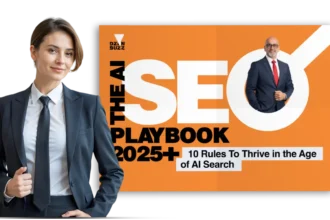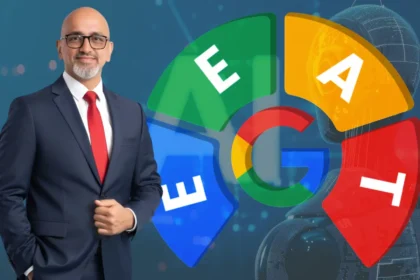Cookies are crumbling, and your data strategy might be next. With third-party tracking on the decline, first-party data is the new gold. This guide shows you how to collect, protect, and leverage it to keep your marketing effective (and compliant).
What Is First-Party Data?
First-party data is the information you collect directly from your audience or customers through your own digital platforms. This includes:
- Website behaviour (pages visited, heatmaps, session recordings, time spent, click paths)
- Purchase history
- Email signups
- Survey responses
- App usage
- CRM data
- Loyalty program interactions
Unlike third-party cookies, first-party data is collected with user consent, making it more accurate, more relevant, and fully compliant with privacy laws like GDPR and CCPA.
Why First-Party Data Matters More Than Ever
“The loss of third-party cookies isn’t a roadblock, it’s an opportunity to build deeper trust with your audience.”
Here’s why first-party data is the new marketing gold:
- Privacy compliance: It’s aligned with data protection laws.
- Better accuracy: You get real, contextual insights directly from your users.
- Deeper personalization: Create hyper-targeted campaigns without privacy risks.
- Future-proofing: It’s sustainable and puts you in control of your data.
Case in Point:
- Sephora uses its Beauty Insider loyalty program to collect valuable data on customer preferences and purchase behaviour. This data powers tailored product recommendations and exclusive offers.
- The New York Times pivoted early to a subscription-first model, relying heavily on first-party data to create content-based engagement strategies, resulting in millions of new digital subscribers.
When Should You Start? Right Now.
The best time to embrace marketing with first-party data was yesterday. The second-best time is today. As third-party cookies continue to vanish, you must build your own data infrastructure to maintain your targeting accuracy and ROI.
Start immediately with:
- Updating privacy policies
- Auditing current data sources
- Investing in CRM systems
- Setting up data collection points like lead forms, quizzes, and gated content
Where to Collect First-Party Data
Strategically embed collection points into your customer journey. Key touchpoints include:
| Channel | What to Collect | Tools to Use |
|---|---|---|
| Website | Browsing behaviour, form fills | Microsoft Clarity, Google Analytics 4, Hotjar |
| Open rates, click behaviour | Mailchimp, ConvertKit | |
| E-commerce | Purchase history, cart data | Shopify, WooCommerce |
| Social Media | DMs, poll answers, comments | Meta Business Suite, Sprout Social |
| Apps | Session duration, preferences | Firebase, Mixpanel |
How to Use First-Party Data Strategically
Here’s how brands are using first-party data to drive growth in 2025:
1. Personalized Campaigns
Use data to create segmented email workflows, product recommendations, and retargeting ads.
2. Predictive Analytics
Forecast customer behavior with AI-powered tools based on past interactions.
3. Custom Content Journeys
Deliver content tailored to user behavior, like showing beginner-level articles to first-time visitors and advanced content to returning users.
4. Lookalike Audiences
Even without third-party cookies, first-party data helps you create high-quality lookalike audiences on platforms like Meta and LinkedIn.
Origin of the Shift
The journey toward first-party data marketing began in earnest around 2018, after GDPR came into effect. It accelerated further in 2020 with Apple’s iOS privacy updates, and reached a tipping point in 2024 with Google Chrome disabling third-party cookies for the majority of users. This paradigm shift created urgency across industries to pivot toward user-consented data collection.
Future Predictions: Where We’re Headed
By 2027, brands that master first-party data are expected to:
- Outperform competitors in customer lifetime value (CLV)
- Achieve better ad performance with AI + clean data
- Build stronger, trust-based communities around their offerings
AI tools, like customer data platforms (CDPs), will play a huge role in automating data collection, segmentation, and personalization. But at the heart of it all will be value exchange, users will willingly share data only when they receive real benefits in return.
Real Example: DzynBuzz’s Own Strategy
At DzynBuzz.Tech, we use first-party data collected via blog subscriptions, form submissions, and behavioural analytics to understand what content our readers value the most. This allows us to recommend tailored articles, design services, and AI solutions that solve real problems for our audience.
Conclusion
Marketing with first-party data is no longer optional, it’s your best path to privacy-first personalization and future-proofed growth. The brands that act now, build trust, and prioritize data transparency will thrive in this new cookieless era.
Ready to future-proof your marketing strategy?
Let DzynBuzz help you set up first-party data systems, content funnels, and automated campaigns to boost your ROI – ethically and effectively.
Featured image source pixels.com













